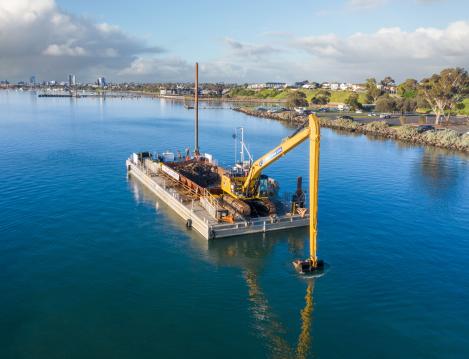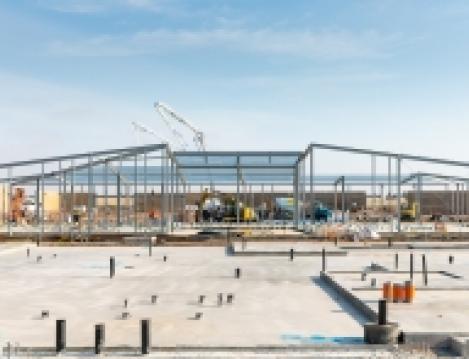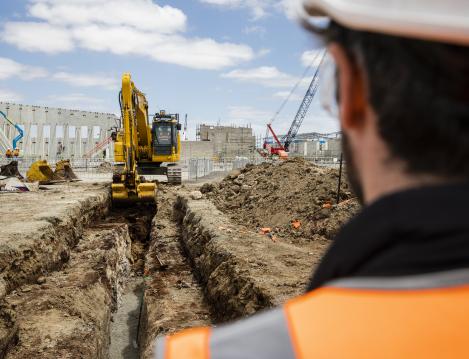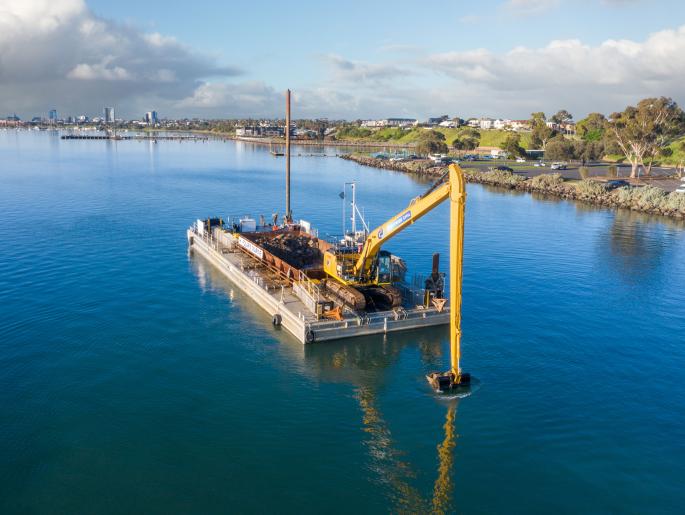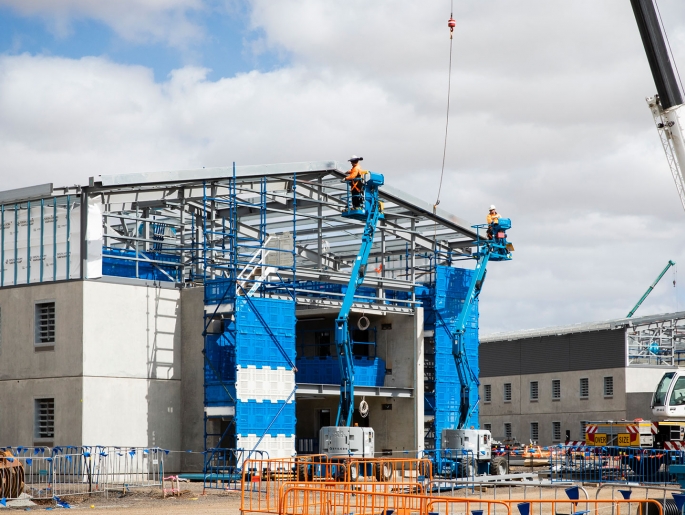At CSBA, we work hard to minimise any environmental impacts throughout our projects – in how they’re designed, planned, and delivered.
We build infrastructure for the long term – in every sense – so Environmentally Sustainable Design (ESD) principles guide all our projects.
We understand that each of our sites is unique, with local ecology and biodiversity embedded into project design. We see how sustainable procurement decisions ripple through supply chains, driving long-term improvement across a range of industries. And we recognise that our projects’ most significant environmental impacts come after they are constructed, across the decades they are used, making sustainable design critical.
Designing sustainable infrastructure
All CSBA projects utilise a range of environmental standards to guide their long-term sustainability, including:
- minimising power consumption through energy efficiency and use of renewable energy
- reducing pollution and waste through clear targets and management systems
- maximising the use of sustainably sourced and recycled materials
- minimising potable water use, maximising stormwater capture and re-use.
Environmentally conscious construction
We understand that construction projects can have a range of environmental impacts. That's why, from the beginning of any project, we ensure there are clear responsibilities, strategies, and controls in place, formalised in a Construction Environment Management Plan.
These plans are developed in accordance with the Victorian Environmental Protection Act 2017, local Government and internal environment officers. Our internal environment specialists also undertake regular compliance checks and audits at all our construction sites, to ensure we’re protecting the local environment and human health.
Setting new standards through innovation
We encourage project teams to go beyond legislation and guidelines to deliver good environmental outcomes, as well as setting a strong example for the broader industry.
Some recent examples of innovation in our projects include:
- the use of 2000 tonnes of basalt rock excavated during the construction of the Cherry Creek Youth Justice Centre as a reef habitat in Corio Bay to improve water quality, increase local marine habitat and boost fish stocks
- incorporating local ecology into our design, such as basing the architecture of the Barwon Gate House on the Golden Sun Moth.
We'll continue working to exceed environmental standards and to find new solutions that reduce our environmental impact.

Find out how basalt from our Cherry Creek project is being used to improve water quality and fishing opportunities in Corio Bay, Geelong.

